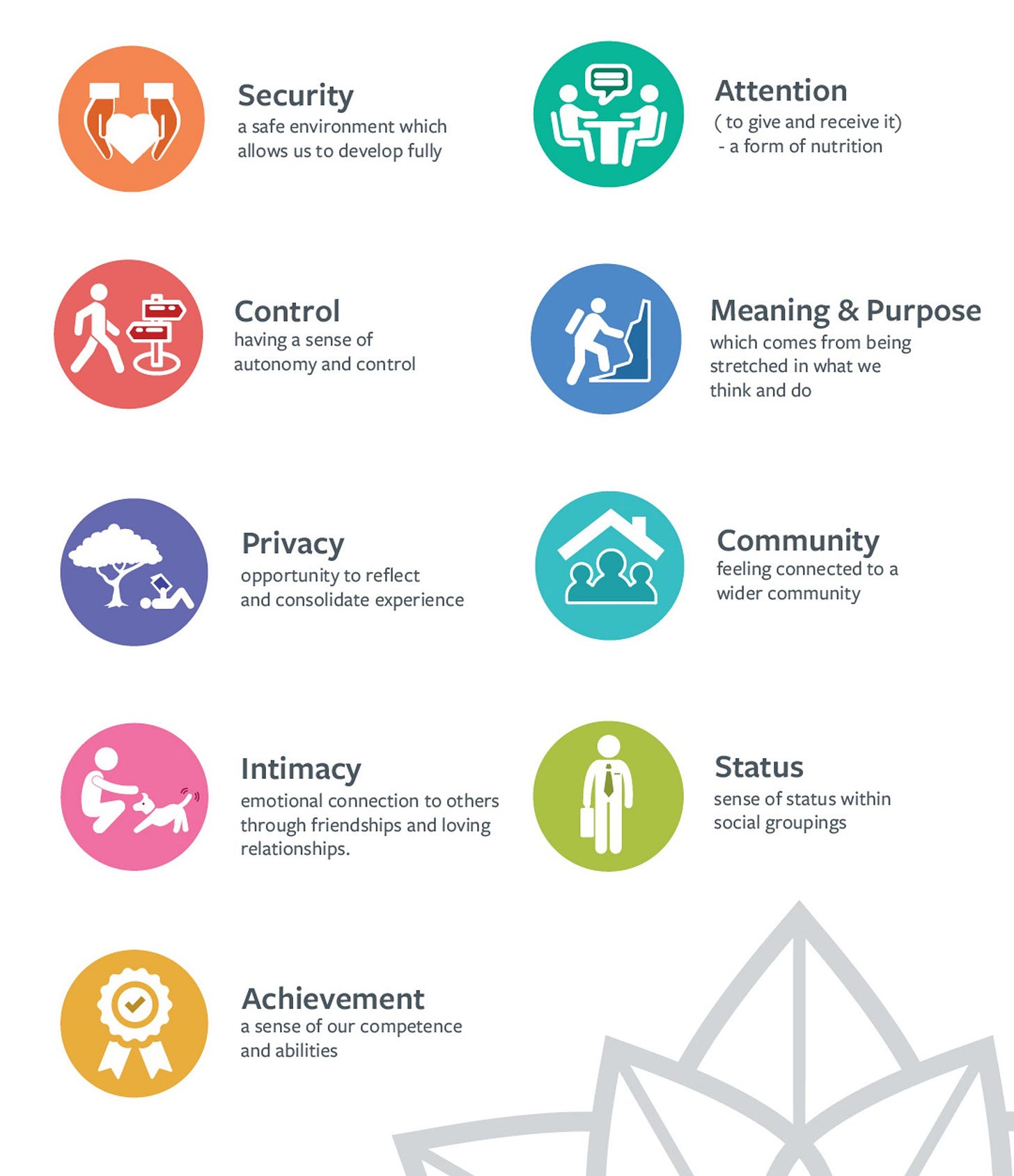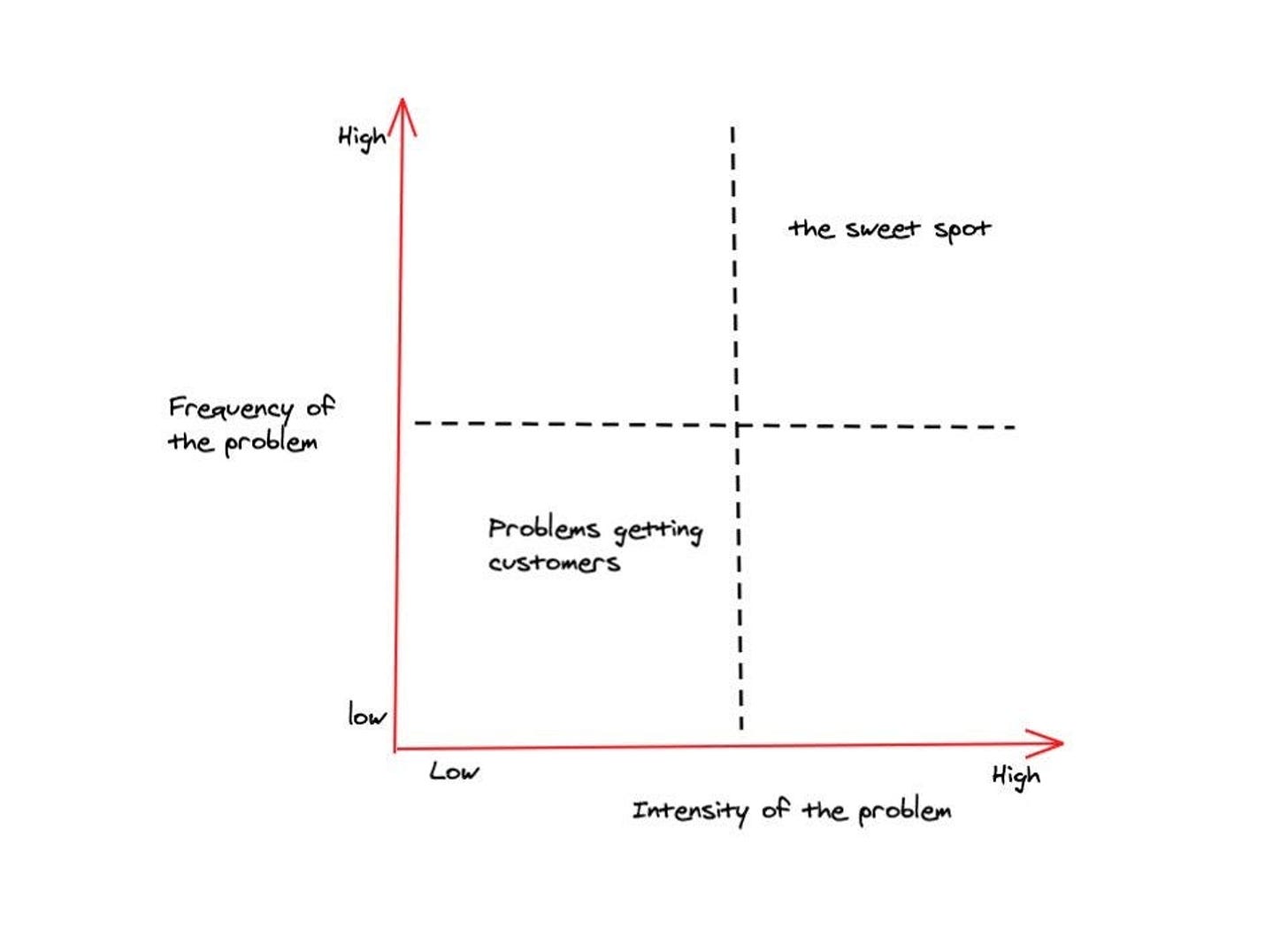How to know your problem is worth solving for?
The art of choosing the right problem to solve for.
8 out of 10 startup ideas fail.
But does that mean these startups weren't tackling real problems?
Not exactly. It's a bit more complicated than that.
The very first step on the road to building a successful product or startup is finding a problem that's truly worth solving.
Seems like common sense, right? Going after a problem that nobody cares about or is unwilling to pay for would be a waste of time.
So figuring out which problems are "worth solving" is pretty darn important.
But why isn't everyone doing it?
Simply put, many don't realize they need to or don't know how. But fret not, we're here so you never make this mistake.
Let's dive in without any more delay.
What Drives Product Solutions? 🤷🏼♀️
Every customer, fundamentally, is human.
In today's world, amidst various needs, problems generally boil down to a handful of core emotions:
Security → A sense of safety and stability.
Attention → Seeking recognition or acknowledgment.
Control → The desire for authority or influence.
Meaning & Purpose → Fulfilling a deeper sense of significance.
Privacy → Safeguarding personal space and boundaries.
Community → Belongingness and connection.
Intimacy → Seeking close relationships or bonds.
Status → Achieving recognition or prestige.
Achievement → Accomplishing goals or milestones.
Every product solution comes down to one of these needs.
Let’s take an example.
Do you remember the world before Airbnb, the game-changer in travel adventures?
In the old days of booking hotels, where every room felt the same, and there was zero chance of meeting a local? Snooze fest, right?
Well, Airbnb flipped the script, turning travel into a real-life choose-your-own-adventure story.
With Airbnb, forget cookie-cutter hotels—now you can crash in cozy homes, funky apartments, or even treehouses! Hosts open their doors, giving you a taste of local life and sharing their insider tips.
And that's how they redefined travel, solving for ease and invoking a sense of community.
What does a problem “worth solving for” look like? 🧐
Out of these core human needs, all problems will have a frequency and urgency of varying degrees. There will be certain problems that will be more urgent, and some of them more frequent.
The game is to carefully target the sweet spot, which lies in the quadrant consisting of problems that are most urgent and most frequent.
Here are the five essential traits of such problems.
Emotional — the problem must have an emotion attached to it
Functional — the problem must fulfil a basic functional need
Frequent — the problem must happen frequent enough for the user to justify the value in solving it
Urgent — the problem must have an impending deadline
Unavoidable — the problem must not have an easier way to get around the problem
Checklist to determine if you're tackling a worthwhile problem ☑️
“If I had an hour to solve a problem I’d spend 55 minutes thinking about the problem and five minutes thinking about solutions.”
— Albert Einstein
To further help you understand if your idea can work, we have listed a checklist below.
The key is to run your idea against all the questions, assess your odds, and see where your problem stands.
This should give you a fair idea of whether you should go ahead or not.
Here’s the checklist:
[ ] Do I know who my target customer is?
[ ] How aware are customers that they even have this problem?
[ ] What are they currently doing to solve this problem?
[ ] How much time and effort are they spending in order to deal with this problem?
[ ] How frequently do customers encounter this problem?
[ ] Do I know why customers find this problem valuable?
[ ] How many potential customers are there?
Beware of these Idea Pitfalls ❗
Warning signs to watch out for when selecting ideas to pursue:
Avoid Pursuing Solutions in Search of Problems:
Don't just chase a hot market! Instead, focus on identifying a genuine need within your target audience and develop a solution to address it.
Ensure your solution adds genuine value and isn't just another addition to the market.Mistaking Inconveniences for Problems:
While making life more convenient is beneficial, it's essential to differentiate between inconveniences and real problems.
For example, solving the lack of loose change while grocery shopping may seem handy, but it's just a minor annoyance people have managed with for years.
Beware of "Tarpit Ideas":
Be cautious of ideas that many people get stuck on without finding a viable solution. Think of these ideas as quicksand—they seem solvable but pull you deeper into a tangled mess.
For instance, dreaming up an Instagram rival might sound thrilling, but breaking users' addiction to established platforms is like untangling a web woven with billions. Learn more about them here.
The key is to fall in love with solving a real problem that people care about, rather than merely chasing trends or convenience.
Happy building!🔨






